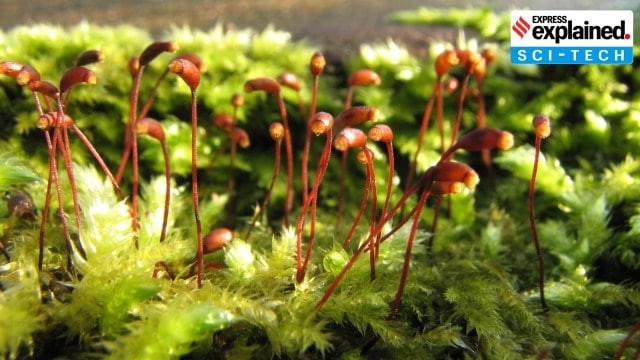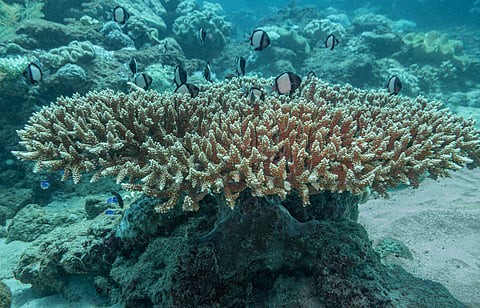




Source: HINDU
Disclaimer: Copyright infringement not intended.
Labeo uru and Labeo chekida are two newly discovered freshwater fish species belonging to the Rohu group (genus Labeo).
These species were discovered by scientists from the ICAR-National Bureau of Fish Genetic Resources (ICAR-NBFGR).
They were found in the Western Ghats.
Discovered in the Chandragiri River.
Named uru due to its sail-like dorsal fin which resembles a boat (uru in Malayalam).
Locally known as ‘kaka chekida’.
Discovered in the Chalakkudy River.
Smaller in size and has a dark body coloration.
The discovery helped resolve long-standing confusion surrounding Labeo nigrescens a species described in 1870.
All three species (Labeo uru, Labeo chekida, Labeo nigrescens) are now confirmed as distinct based on morphological differences.
|
Aspect |
Details |
|
Scientific Name |
Labeo rohita |
|
Habitat |
Freshwater rivers, lakes, ponds |
|
Geographical Range |
Indian subcontinent (Ganga, Yamuna, Godavari, Brahmaputra rivers) |
|
Physical Features |
Deep-bodied, arched back, silver-colored scales |
|
Length & Weight |
Up to 2 meters in length; over 40 kg in natural conditions |
|
Feeding Habit |
Herbivorous – feeds on phytoplankton and decaying vegetation |
|
Spawning Period |
Monsoon season in flooded rivers |
|
Role in Aquaculture |
One of the top three Indian major carps farmed extensively |
|
Economic Importance |
Major food fish; supports inland fisheries and rural livelihoods |
|
Cultural Relevance |
Widely consumed in eastern India e.g., Bengal, Odisha, Assam |
Sources: HINDU
|
PRACTICE QUESTION Q. With reference to the recently discovered fish species in India consider the following statements:
Which of the statements given above is/are correct? A. 1 and 2 only Answer: C. Explanation: Statement 1 is incorrect. The species are freshwater not marine. Statements 2 and 3 are correct. Labeo chekida is 'kaka chekida' and the discovery clarified the identity of Labeo nigrescens. |







© 2025 iasgyan. All right reserved